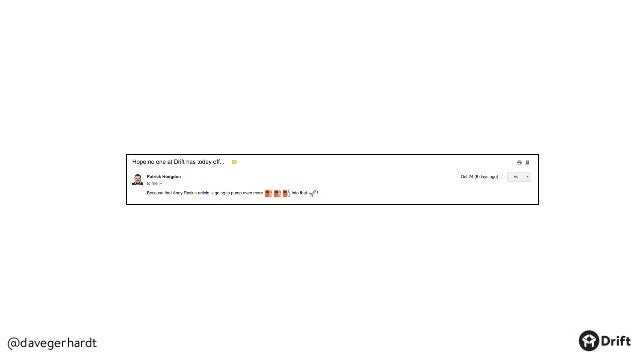
But what you’re focused on here is a better situation for your prospect and their customers. In a well-trafficked post on Medium, Andy Raskin described this as the “Promised Land.” It is a land of milk and honey, where man and AI work together in synchronicity. Well, at least that’s the type of juxtaposition you want to create.ĭescribe the bright future. If your prospects don’t commit to winning in this emerging battle, they will be left behind to wail and gnash their teeth. Every good story has this context (“A long time ago in a galaxy far, far away….”).įrom there, what makes the story interesting is dramatic tension-making it clear that there will be winners and losers, and that while winning will be fantastic, losing will be cataclysmic. What is the big honking change in your industry that is both exciting and terrifying? Identifying and naming this trend creates the context in which you can have a more meaningful conversation with potential customers. For instance, at Scribewise we focus on (this is getting meta) navigating the Information Revolution. Here’s the flow that a story-driven sales deck-and all your business conversations, really-should take. Take a look at your deck, and if it’s all about you, it’s time for a change. They focus on what the company can deliver, rather than what the prospect needs to succeed. The problem is that many sales decks are inward looking. The purpose of the sales deck is to pull your prospects along their buyer’s journey by having an exciting conversation about the future. That seems logical, doesn’t it? But it’s wrong. There’s a good chance that your sales deck focuses on what your company offers. It begins with determining what your company stands for this creates a unifying mission and vision for your company, and it should explain the benefit you intend to deliver to your customers.įrom there, numerous marketing and sales materials flow. Stories might sound soft, but there’s hard science behind it- a good story gets our neurons firing and excites our brains.įiguring out the story you want to tell isn’t a matter of diving straight into PowerPoint and starting to build some slides. More and more, that means ditching the sales pitch and telling a story that captures attention and begins to make sense of the customer’s dynamic world.

Let’s thrill them, not deliver a mountain of drudgery. Rather than get down in the weeds of product details, let’s help them envision a brighter future. Rather than talk about our features and products, or what makes us different from the competition, we need to help the customer see what’s possible for them. This is the new buyer’s journey, and the success of any business requires an understanding of it.Īnd that means we can’t sell the same old way. The reality is that customers are in charge of the relationship now they decide when and how they shop, how much information they need, and when it’s time to buy. Today, people-your customers, whether you’re in a B2C or B2B business-don’t want to be sold they want to be helped.


And, in particular, it’s a reality that should inform how you build your sales deck.Īs you certainly know, the way people buy things has changed. (Hint: tighter and tighter circles are not the right direction.)įor sales and marketing, this is the opportunity. But as the tidal wave of content and info has grown and grown and grown, we tend to think and work in tighter and tighter circles without ever really thinking about whether we’re really moving in the right direction. We’re now into the third decade of the Information Revolution, which has been fascinating because we now have the entire world of knowledge at our fingertips.

There’s too much of it, and it can be paralyzing. How many people do you know who are overwhelmed by information? You know, the colleague who has an inbox with 2,000 unread emails, the friend with 31 open browser tabs, the overwhelmed customer who returns your time sensitive call 12 days later?


 0 kommentar(er)
0 kommentar(er)
